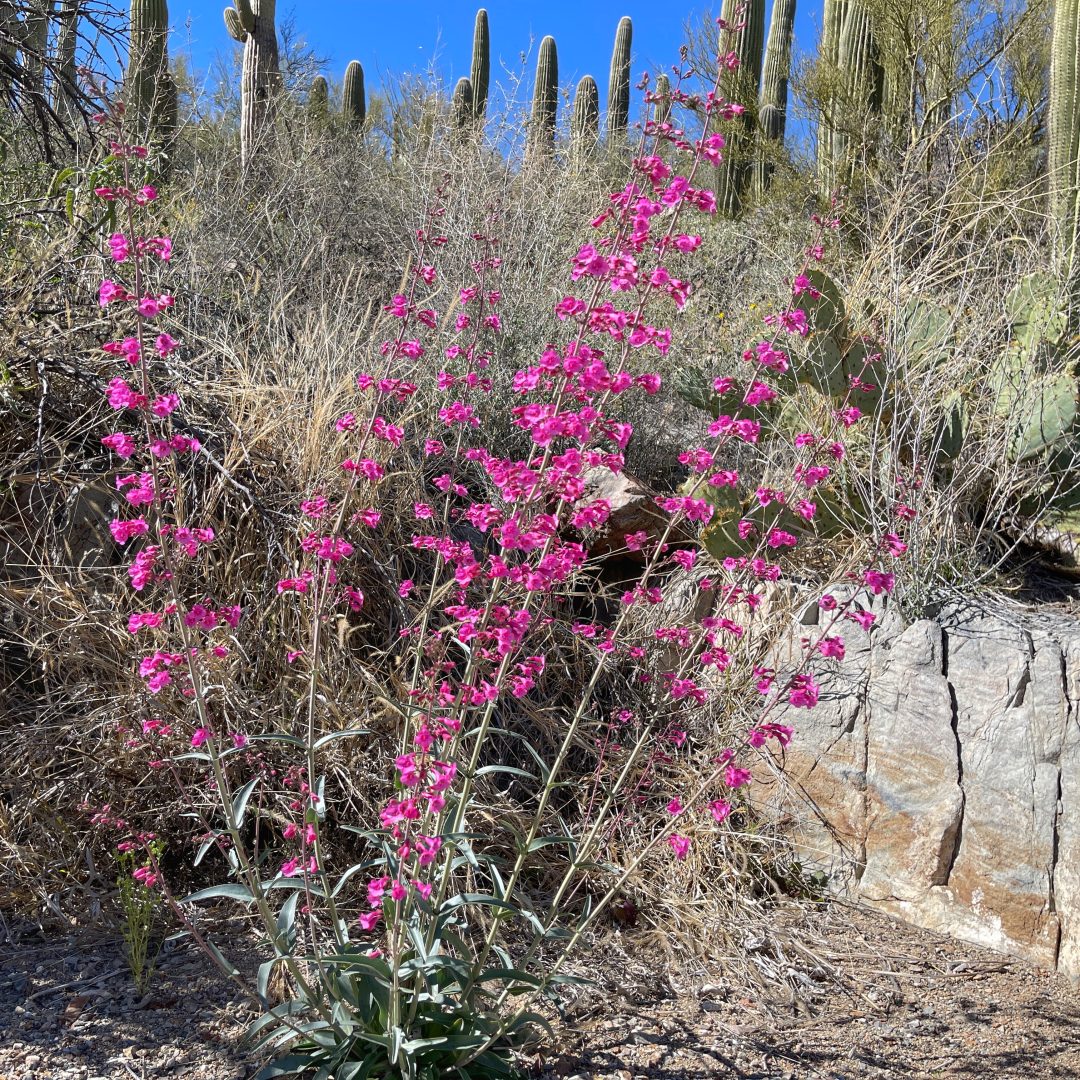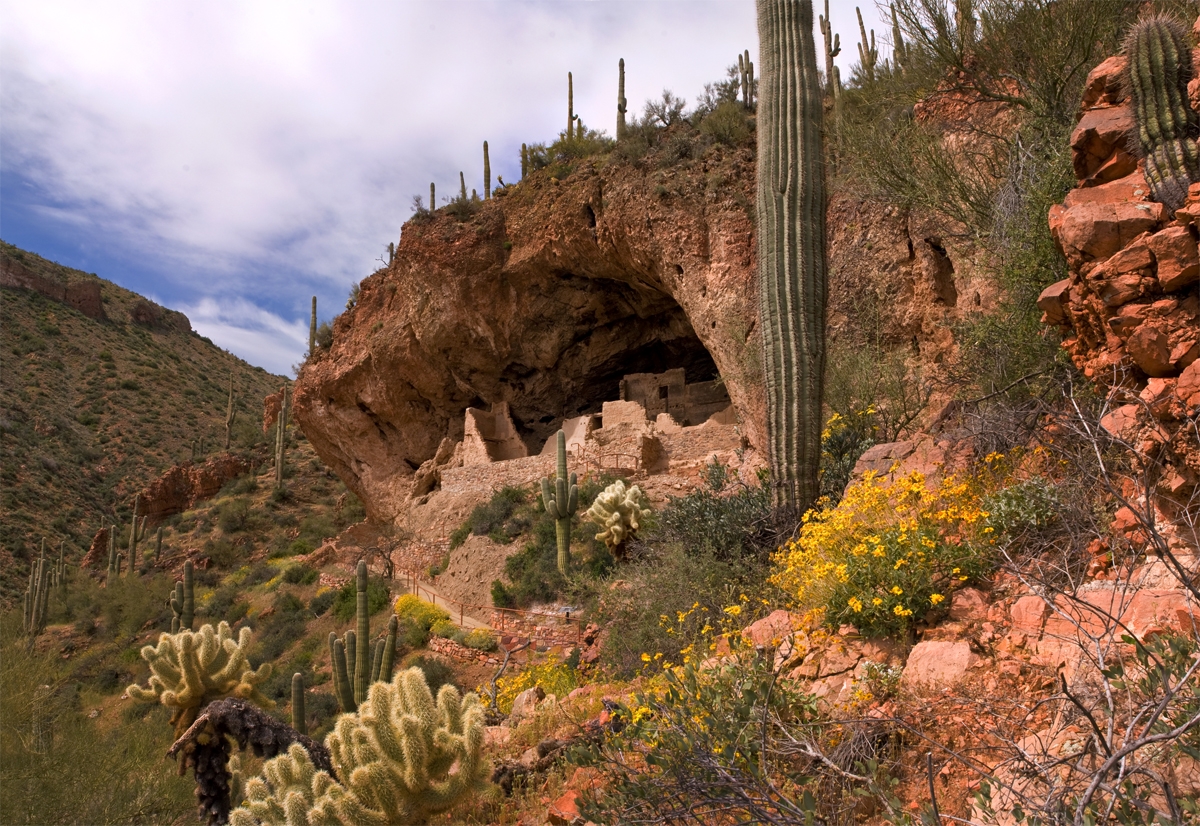
Make These Seven Actually Stunning Stops on the Juan Bautista de Anza National Historic Trail
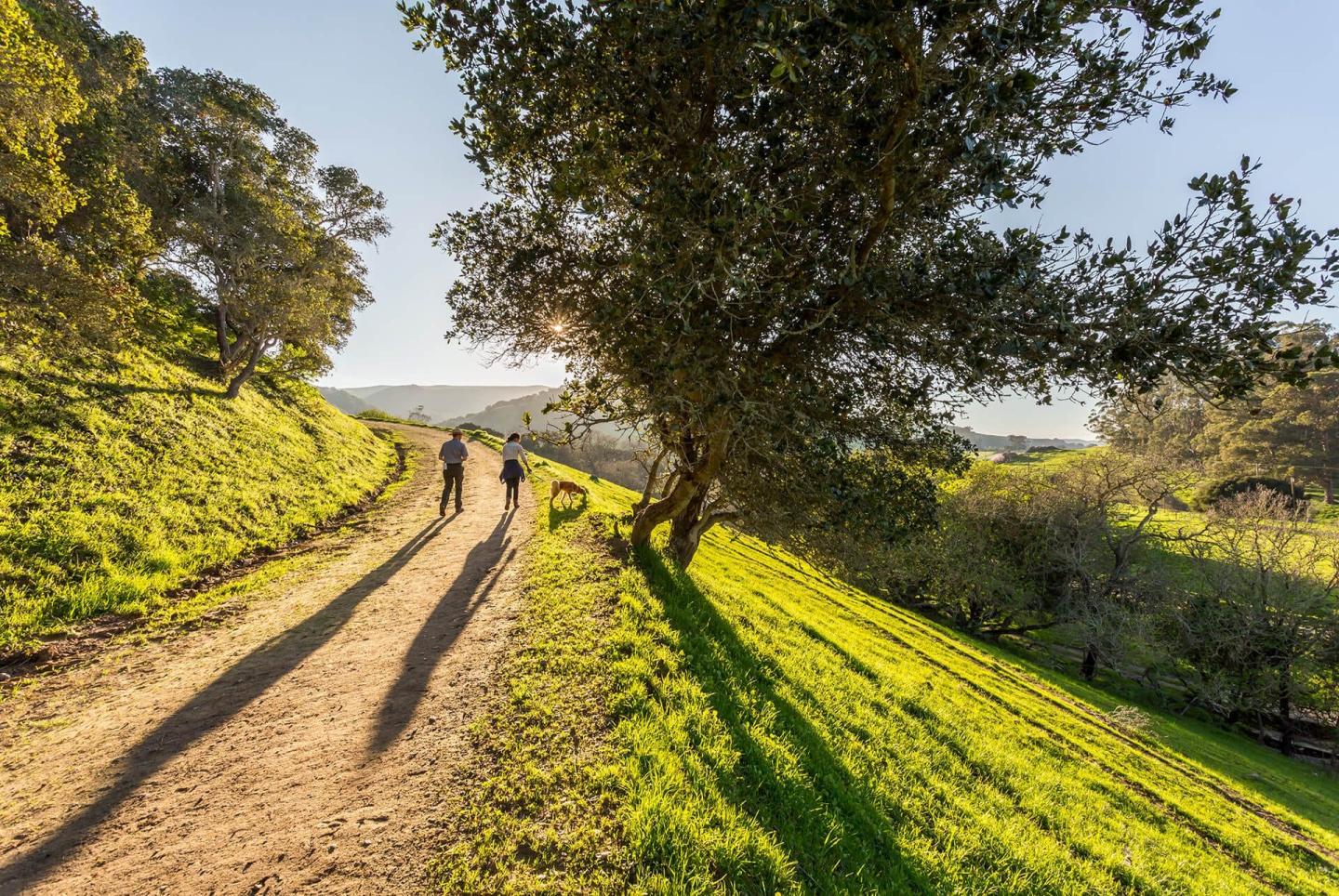
From the Sonoran Desert to the Pacific Ocean, journey through history on the Juan Bautista de Anza National Historic Trail. This route retraces the path of Spanish explorer Juan Bautista de Anza, who in 1775-76 led an expedition to establish a settlement at San Francisco Bay. Today, the trail connects historic sites in Mexico, Arizona, and California and offers visitors many different type of experiences. You can access the trail at multiple points. Read on to learn more about seven remarkable stops you can add to your itinerary. Check NPS.gov for current alerts.

Enter the Juan Bautista de Anza National Historic Trail in Tumacácori
On the segment of the Juan Bautista de Anza National Historic Trail between Tumacácori National Historical Park and Tubac Presidio State Historic Park, experience historic sites and a landscape similar to that experienced by the Anza party over two centuries ago.
The six-mile trail connecting the two parks follows the Santa Cruz River through a lush cottonwood-willow riparian forest and mesquite bosque. The river corridor supports a high diversity of plant and bird species within the arid Sonoran Desert region.
For help planning your trip, check out Tubac and VisitArizona.

Mission San Xavier del Bac and Camp #17 along the Juan Bautista de Anza National Historic Trail
There are a total of 100 camps along the trail, marking many of the significant stops made by the expedition. Established by Jesuit Father Kino in 1692 at the site of an existing Akimel O’odham village, the mission was under Franciscan control when the expedition stopped here on October 25, 1775. Father Thomás Eixarch of the expedition baptized baby José. He made it to Mission San Gabriel in California, but died about nine months later. Construction of the present mission church was started in 1783. Located off I-19 along the Santa Cruz River, it is on the Tohono O’odham Nation. The mission church, an active parish, has a museum.
Stop at this beautiful site and learn more about the complex history of the Anza expedition and the impact colonization had on the O’odham. This is an active church, so please visit respectfully.
For help planning your trip, check out VisitArizona.

Saguaro National Park Along the Juan Bautista de Anza National Historic Trail
Along the way today, Saguaro National Park offers a spectacular view of the desert as it appeared to the expedition. The cactus and other plants found there give visitors an idea of the raw materials available to the Indigenous peoples. Here, the expedition set up camps #19 and #20.
Hike, bike, and wildlife watch at Saguaro National Park as you learn more about the Juan Bautista de Anza Trail and expedition.
Check NPS.gov for current alerts. For help planning your trip, check out Visit Tucson and VisitArizona.

Casa Grande and Expedition Camps #22-25 Along the Juan Bautista de Anza Trail
The campsites are within the boundaries of the Gila River Indian Community today. The Juan Bautista de Anza expedition camped approximately five miles to the northwest of Casa Grande Ruins National Monument (1100 Ruins Dr., Coolidge, AZ).
This cultural site was the first archaeological preserve in the United States. Located about an hour drive from either Phoenix or Tucson, the monument offers self-guided and ranger-guided tours, lovely picnic areas, and opportunities to learn the fascinating history of the architects of this spectacular feat of engineering. Camp #25 was called Laguna del Hospital because the sickness experienced there by the animals as well as two women. One of the women, who was pregnant, was given medicines.
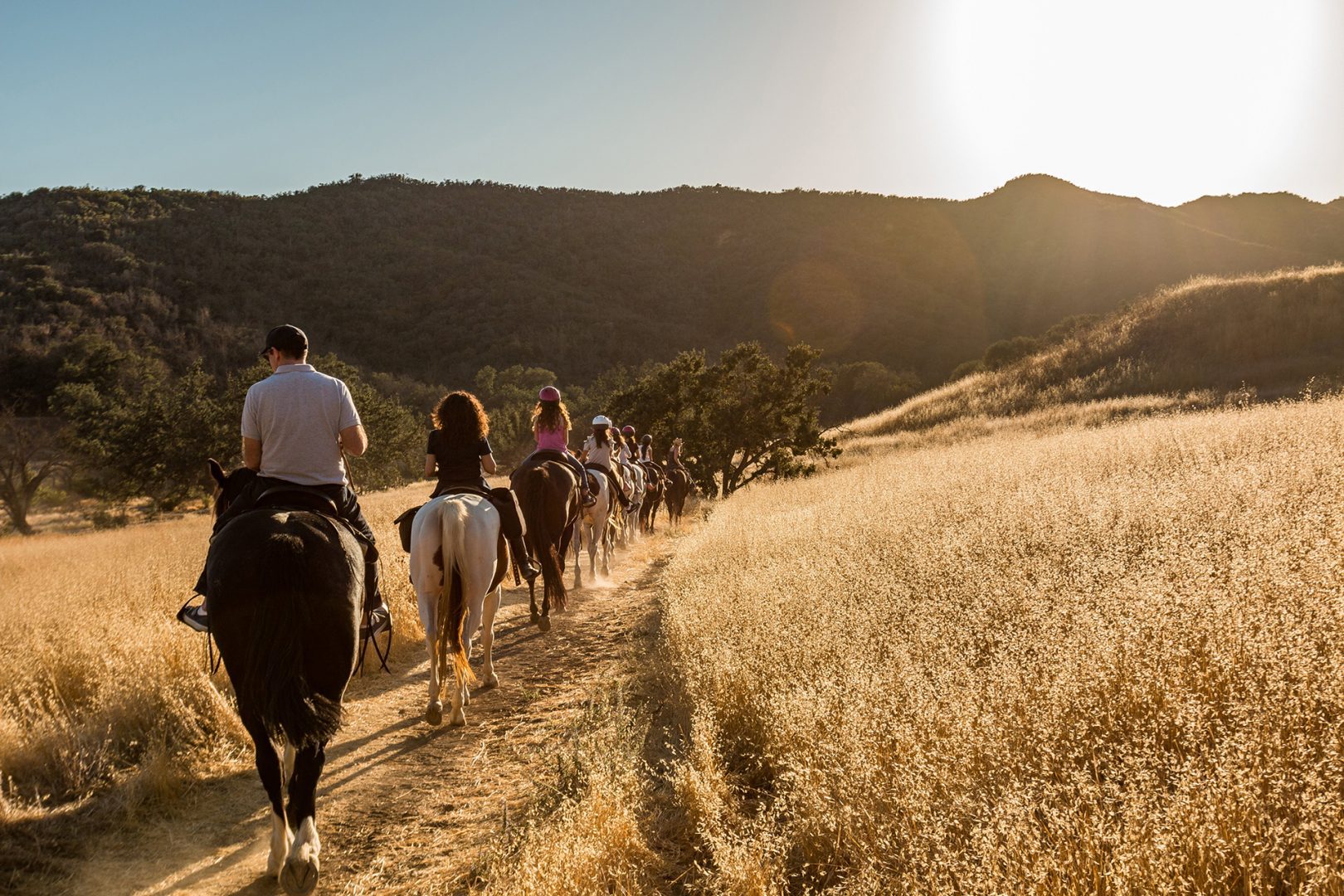
Malibu Creek State Park to Calabasas and Expedition Camp #73
Camp was made on February 22, 1776 at Agua Escondida (hidden water). Its exact location is uncertain. Today, nearby Malibu Creek State Park is within the Santa Monica Mountains and incorporates Las Virgenes Creek. Several trail access points are located within Santa Monica Mountains National Recreation Area.
This beautiful stretch of land offers ample recreation opportunities, as well as a chance to learn more about the Indigenous peoples who inhabited the land prior to the arrival of the Spanish, and whose descendants are still living today.
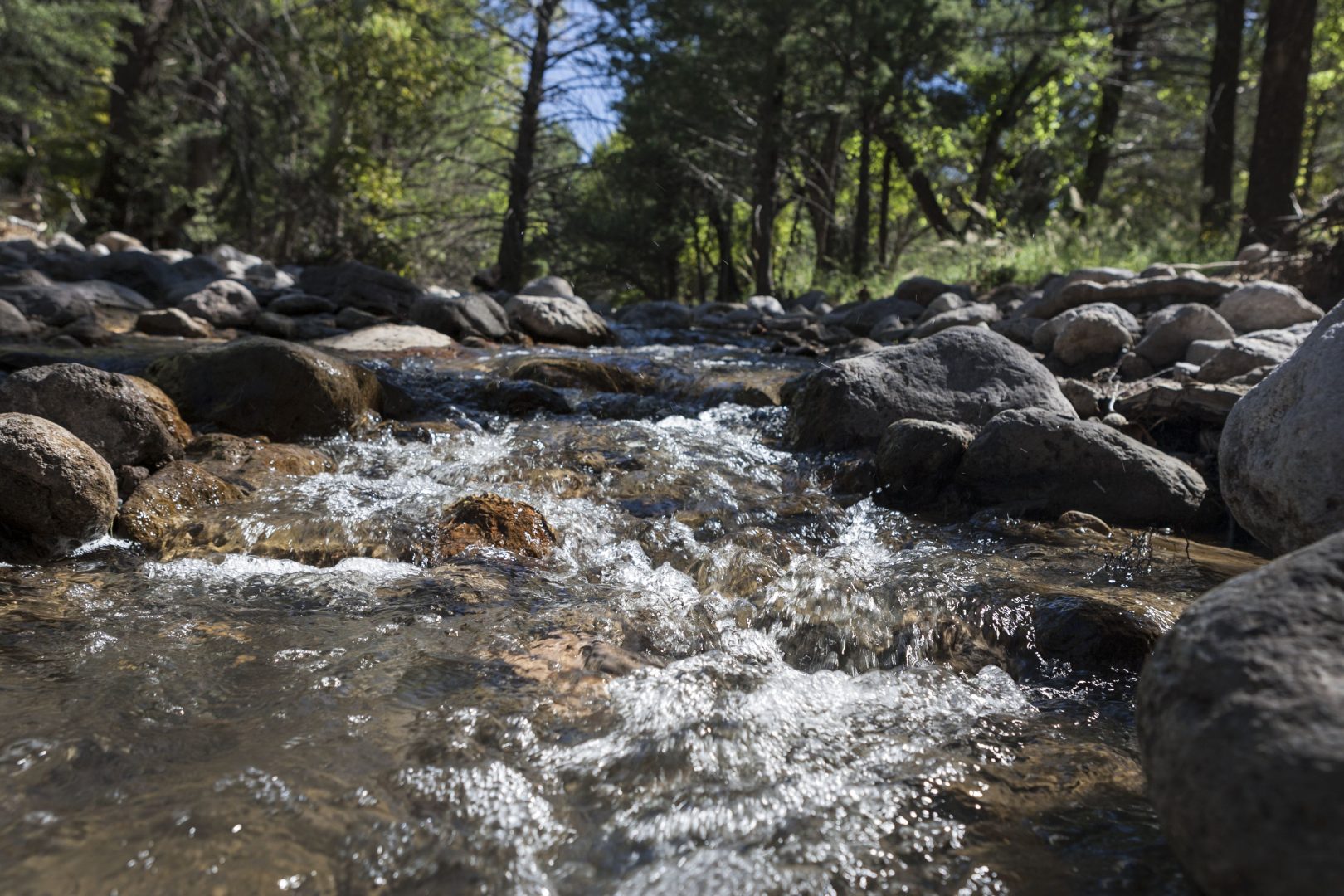
Want to show your love and support for these incredible lands?
Shop WNPA’s collection of apparel, books, collectibles, and more!

Pismo Beach and Expedition Camp #81
On the central California coast and part of the sand dunes Anza wrote about in his diaries, is Pismo State Beach and Oceano Dunes State Vehicular Recreation Area. The city names Nipomo and Pismo are Chumash words. The site of the Chumash village of El Buchón is located in Price Canyon, and it was at this village that camp was made on March 1. Nearby, the Price House grounds preserve several buildings of John Michael Price’s Rancho Pismo in Price Canyon.
At Pismo Beach, you can take an audio-guided scenic driving tour, visit the Monarch Butterfly Grove, walk along Pismo Pier, surf, camp, and much more. There’s fun and learning for people of all age groups and abilities.
For help planning your trip, check out VisitCalifornia!

Golden Gate National Recreation Area and Presidio of San Francisco
Anza stood precariously at the edge of some white cliffs and decided where to build the Presidio for Spain’s northernmost outpost. This marks a significant milestone for the beginning of Spanish and Mexican heritage in the San Francisco area; however, it would also mean drastic impacts on the Indigenous peoples who had inhabited that area for at least 10 thousand years before the arrival of the Spanish.
“Before the arrival of the Spanish, the San Francisco Peninsula was occupied by a people known as the Ohlone or Costanoan who were organized into over 50 societal tribes. Tribes moved between temporary and permanent village sites in a seasonal round of hunting, fishing, and gathering. Periodic burning of the landscape was conducted to promote the growth of native grasses for seed gathering and to create forage for deer and elk.
Life dramatically changed for the native people of the San Francisco region in 1776, when Spanish military and civilian settlers arrived to establish military garrisons (presidios), missions, and settlements. By 1810, disease, forced labor, and religious and cultural indoctrination led to the decline of the Ohlone/Costanoan way of life.
Today, descendants of the Ohlone/Costanoan people live throughout the San Francisco Bay area and many are organized into distinct tribal groups. While participating in contemporary society, they are actively involved in the preservation and revitalization of their native culture. Restoration of native language; protection of ancestral sites; and knowledge of traditional plant uses, story telling, dance, song, and basket weaving are all aspects of these efforts. The National Park Service works alongside Ohlone/Costanoan groups in the preservation and interpretation of their ancestral sites in the Presidio.” NPS.gov
Today, Golden Gate National Recreation Area is a “site of conscience,” working collaboratively to support revitalization of Native American cultures and help tell the stories of other peoples who were integral to the story of this beautiful landscape. This is a must-visit for anyone who wishes to connect with such an important history.

Mark Your Passports and Enjoy Your Trip on the Juan Bautista de Anza National Historic Trail
One fun way to engage with the sites along the Anza Trail is to collect passport stamps at visitor centers and museums along the route. There are more than 30 stamp locations, including Tumacácori National Historical Park in Arizona, Mission San Gabriel in Los Angeles, and the Juan Bautista de Anza National Historic Trail Headquarters in San Francisco. As you make your way along the trail, you can fill your National Park Passport book with these unique stamps commemorating Anza’s journey.
By Julie Thompson



